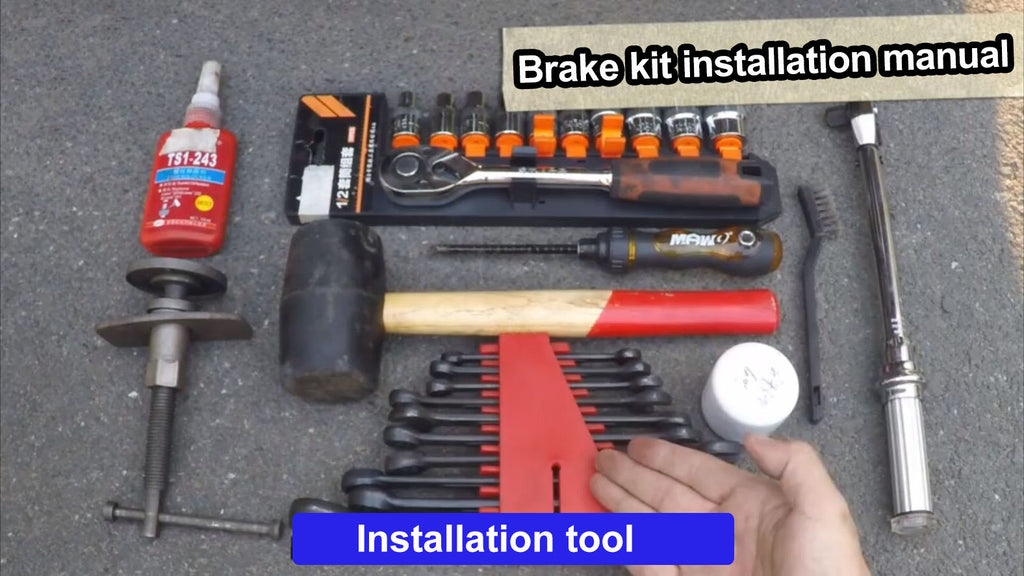
Tools are needed: brake cleaner, star wrench or impact wrench, iron brush, Copper Grease Anti-Seize Lubricant, hammer, thread fastener, C-clamp, jack, jack bracket.
1.
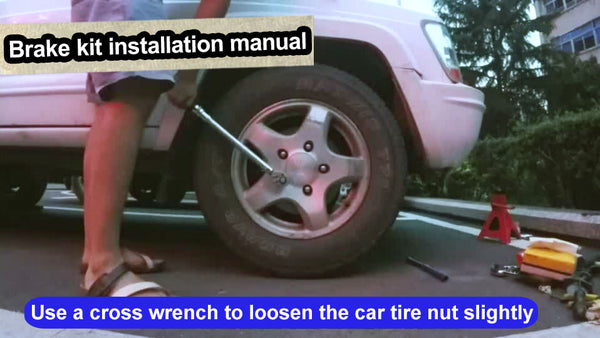
Park the vehicle on a level surface, such as a driveway or garage with a concrete floor Remove the keys from the vehicle and make sure the gear selector is in PARK.
And set the parking brake (if you work on the front wheels first) , do not remove it.
Use a jack to lift the car from the chassis and place it firmly on the jack bracket. (Make sure the jack is placed where it will not slip or damage the vehicle.)
Check if the jack is fixed (lightly try to shake your car to confirm)
2.
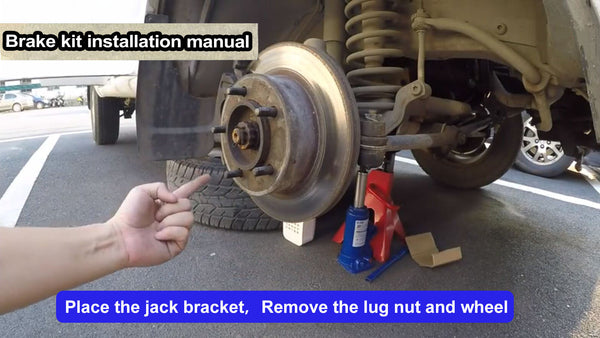
Remove the lug nut and wheel, Use your fingers to remove the loose nuts, or if they are still tight, use a star wrench or an impact wrench.
Once the lug nuts are removed, the wheels can be easily pulled off the hub.
Place the wheels next to the vehicle's jack bracket to ensure safety.
3.
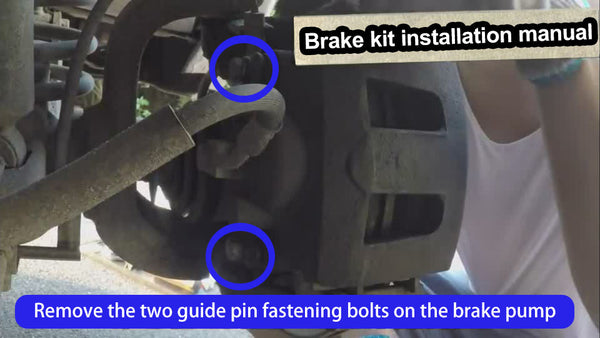
Remove the brake caliper. The caliper is should be held in by a few bolts or spring clips. Unscrew these bolts, the caliper can be removed.
Note: The size of the bolts vary. And depending on the age of the vehicle you are working on it could take a fair bit of muscle to get the caliper off.
4.
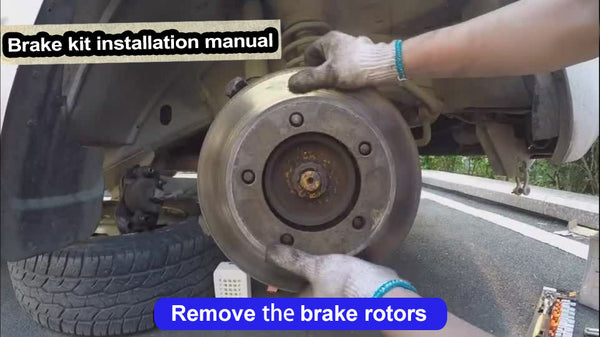
Remove your brake rotors. Most rotors can simply be pulled off the wheel studs at this point. Otherwise, remove any bolts connecting the rotor to the wheel hub, and pull it free.
Note: If it’s been a while since your last brake service or if you live in a wet area, your brake rotors might not come off easily. you can be tap the rotor hub lightly and near the wheel studs with a hammer. This will loosen any rust that might be holding the rotor in place.
5.
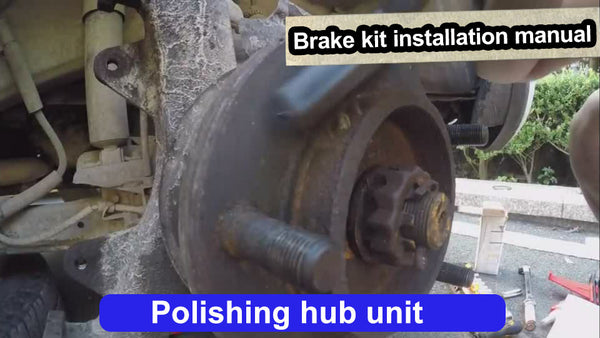
Maintain hub head and use an iron brush to clean the rust on the hub. Make sure the hub’s clean – dirt, mud and rust on the hub won’t allow the rotor sit flush. Check the condition of your wheel studs. If you find pitting or other types of corrosion on the studs, replace them.
Note: It is necessary to clean up the rust on the hub. If there are many rust on the hub, it will lead to unbalance on the brake rotors and eventually tyre unbalance.
6.
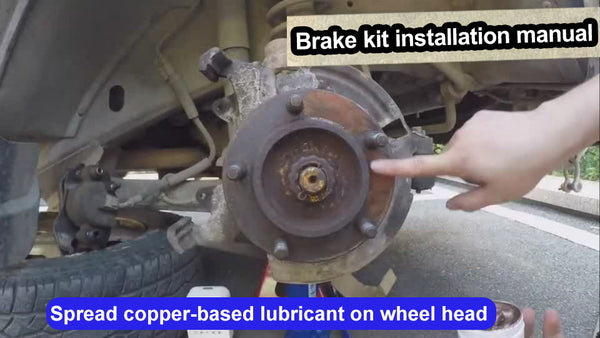
Spread Copper Grease Anti-Seize Lubricant on hub head to prevent it from rusting again.
Note: Copper-based lubricants must be evenly applied, and only a thin layer is needed.
7.
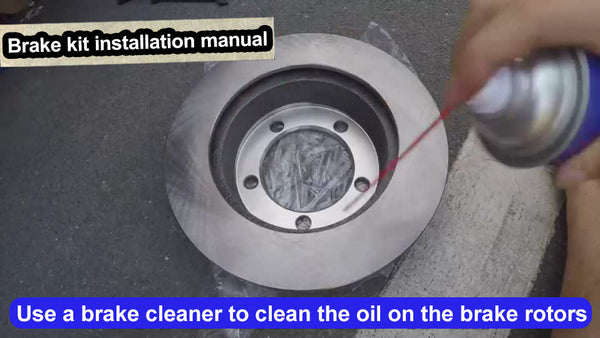
Use a brake cleaner to clean the oil on the brake rotors.Wipe with a towel or paper towel
8.
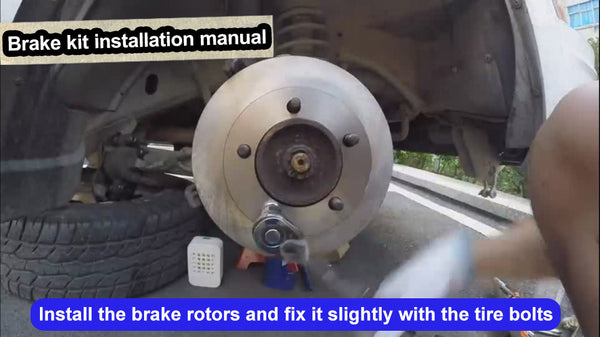
Place your new rotors on the hubs, being careful not to touch the friction surfaces. Install any hold-down bolts you previously removed.
9.
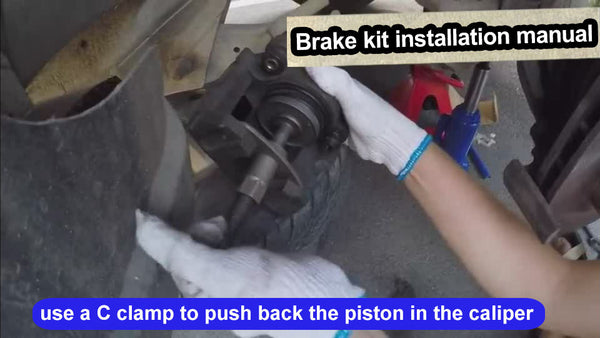
Compress the brake caliper piston fully. Pop out your old brake pads by hand or with a small prying tool. Do not use a screwdriver!
Retract the caliper pistons using a disk brake compressor or large C-clamp. Once you fully compress the caliper, remove the C-clamp.
Mount the included shims or use anti-squeal compound on the back of the new pads and install them in the caliper. Avoid touching the friction surface.
10.
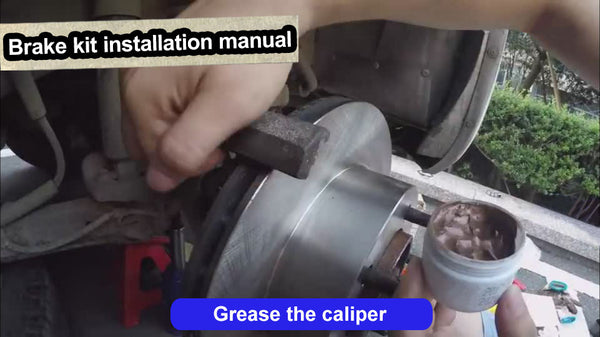
Grease the caliper. Apply a light coating of copper-based lubricant to the caliper’s pins and slides. If the slides look worn, replace them.
Note: Lubricate shiny spots on the caliper’s body, as these are noise-causing friction points. Also, once adequately greased, you car’s caliper will slide smoother, allowing the pads to wear evenly.
Avoid touching the friction sides of brake pads & rotors.
11.
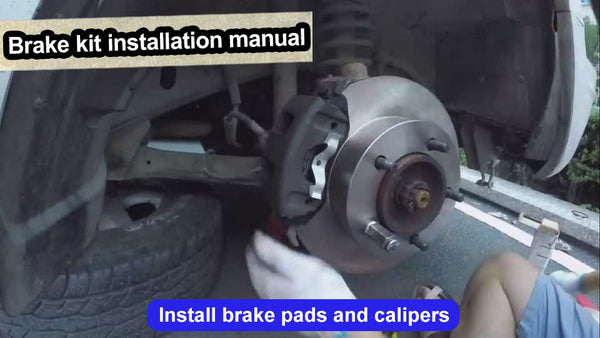
Reinstall the calipers. Slide the brake caliper & pad combo over the rotor.
Reuse the caliper bolts and pins you removed or install new hardware.
12.
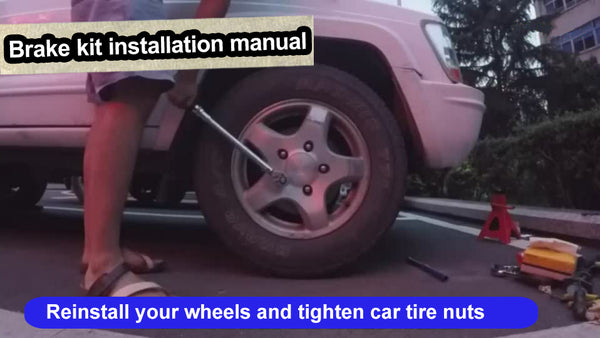
Reinstall your wheels and tighten each lug by hand until snug.Using your floor jack, slightly raise the vehicle and remove the jack stands under it. Carefully lower your car onto its wheels.
